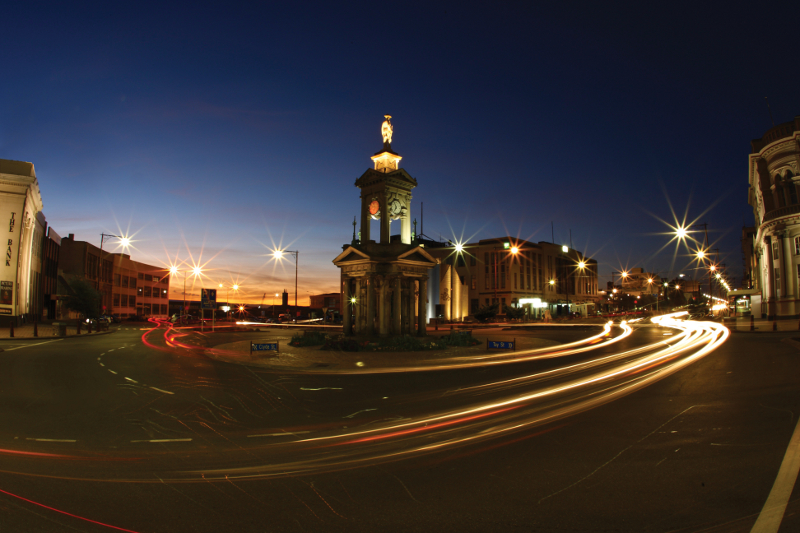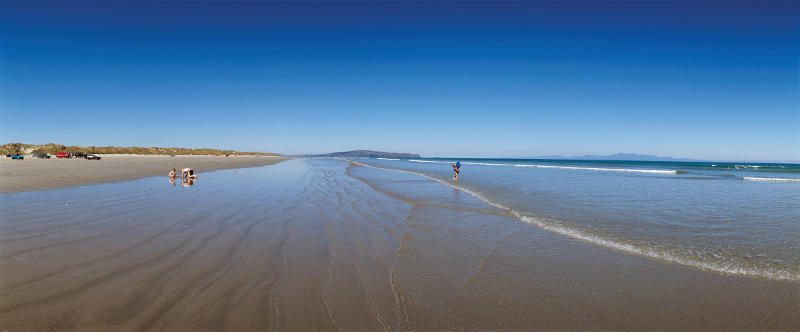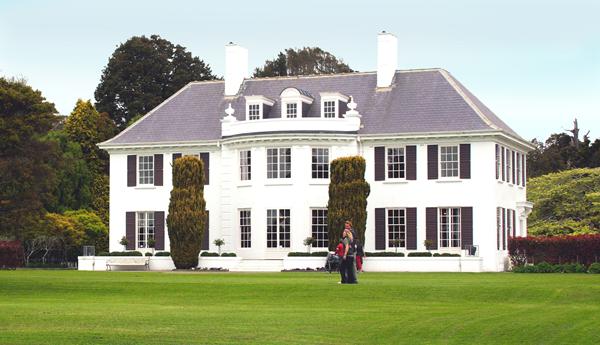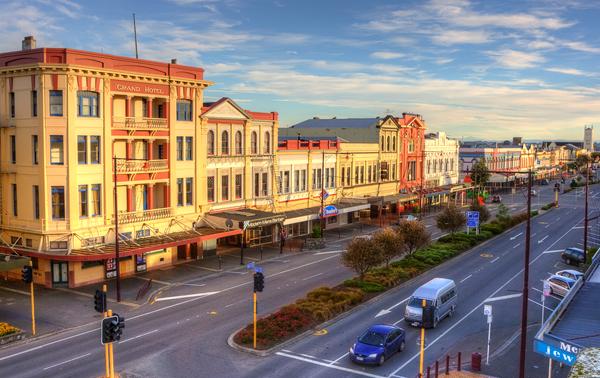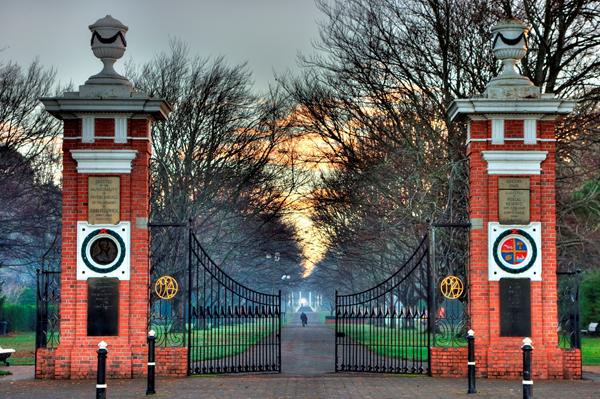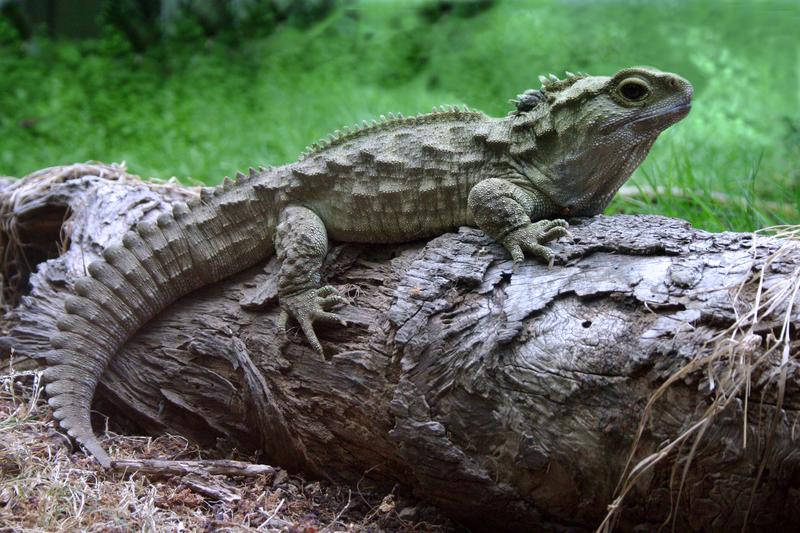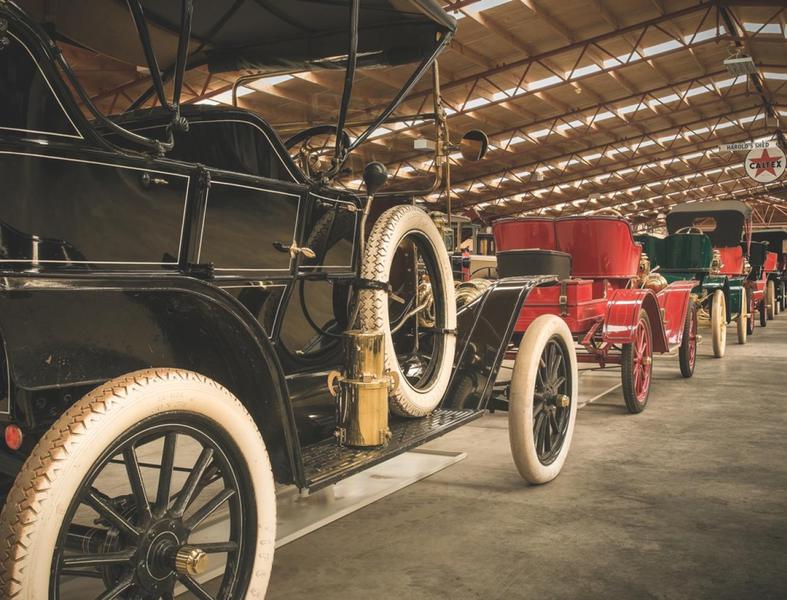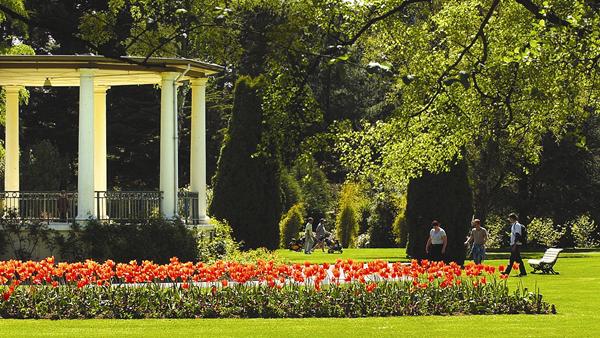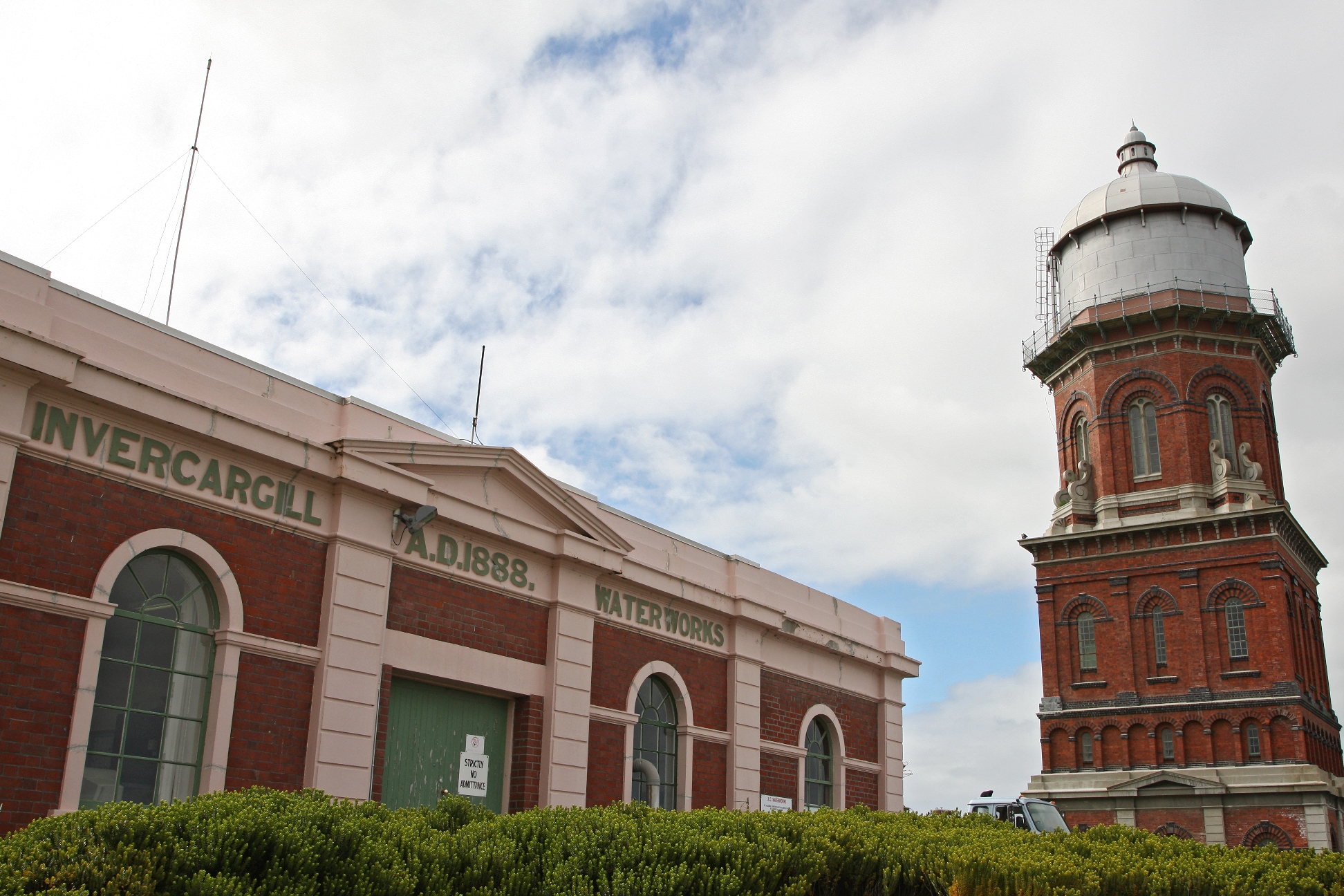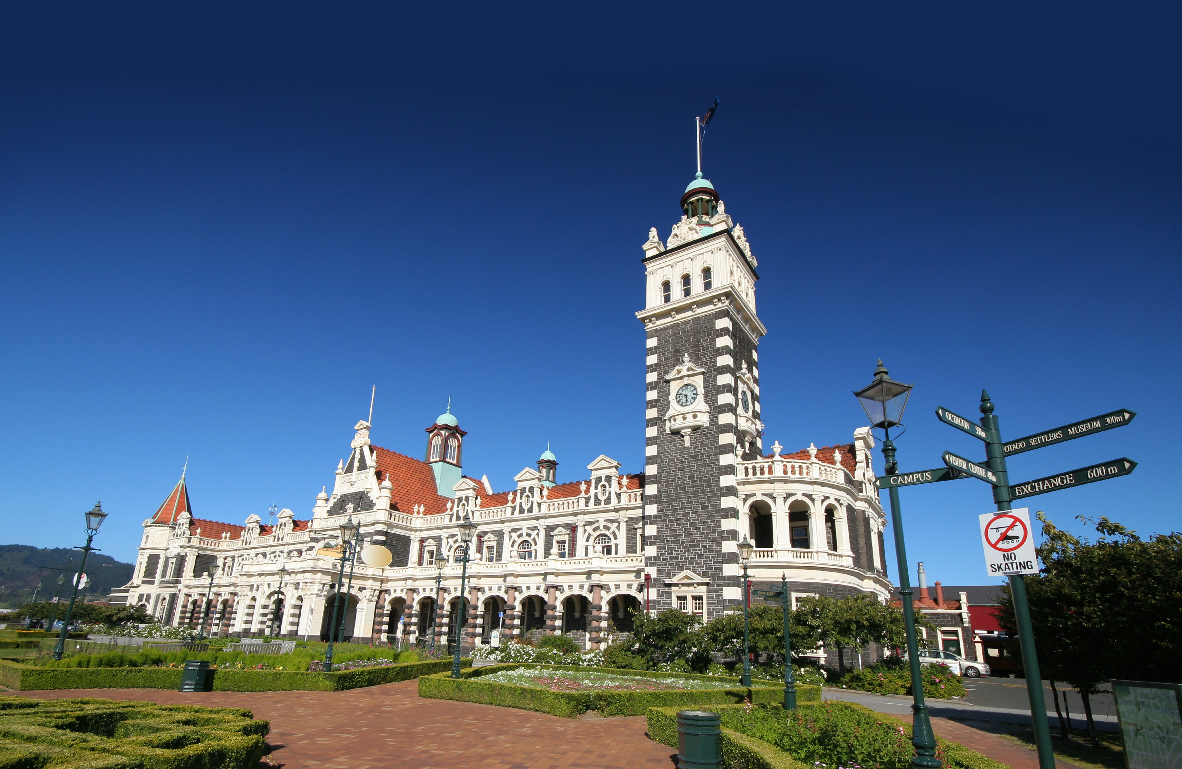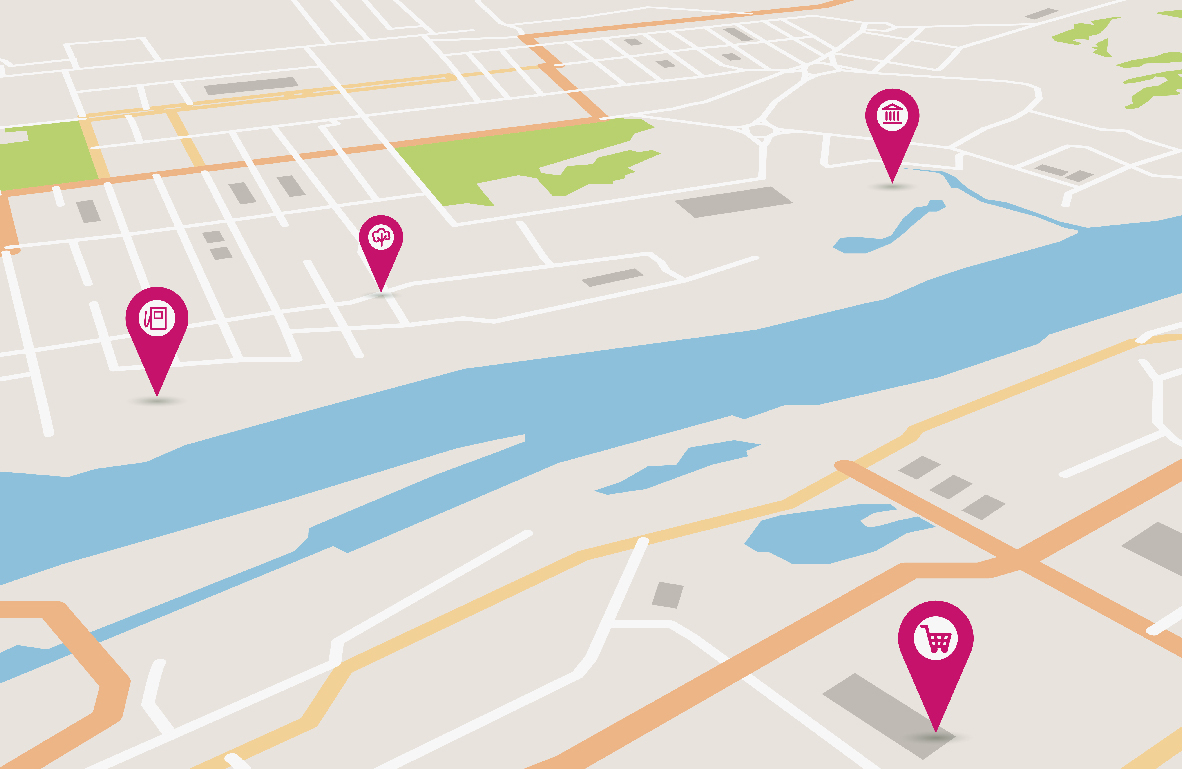The wide streets, fine heritage buildings, excellent shopping facilities and the warm hospitality of locals, usually surprise visitors to Invercargill. A priority attraction is the
Southland Museum and Art Gallery (where the
Visitor Information Centre is located). Here you can virtually experience a visit to the Subantarctic Island through the audiovisual show and Roaring 40''s exhibition, which will give you an insight to these spectacular and remote Southern landforms.
Invercargill is also the gateway to the magnificent Southern coastline of New Zealand. You can enjoy the magical atmosphere and tranquil beauty of Stewart Island - the only place in the world where you can view Kiwis living in their natural habitat. ...
More
Visitors Guide The wide streets, fine heritage buildings, excellent shopping facilities and the warm hospitality of locals, usually surprise visitors to Invercargill. A priority attraction is the
Southland Museum and Art Gallery (where the
Visitor Information Centre is located). Here you can virtually experience a visit to the Subantarctic Island through the audiovisual show and Roaring 40''s exhibition, which will give you an insight to these spectacular and remote Southern landforms.
Invercargill is also the gateway to the magnificent Southern coastline of New Zealand. You can enjoy the magical atmosphere and tranquil beauty of Stewart Island - the only place in the world where you can view Kiwis living in their natural habitat.
From Invercargill you can travel around the Southern Scenic Route and view Hectors Dolphins at Curio Bay, or tramp across the stunning Port Craig viaduct.
The lifestyle opportunities available to the people who live in Invercargill are exceptional. Good quality housing is affordable and there are no traffic jams. Sporting facilities such as Splash Palace and the new Leisure centre are of an international standard. There is an abundance of golf courses, parks, conference centres, educational facilities, cafes, art galleries, theatres and all of the other delights of modern urban living. We are close to Queenstown and Dunedin.
You are sure to enjoy your visit to the Scenic South.
Some highlights include:
INVERCARGILL WATER TOWER
This 40m high historic tower is probably the city’s bestknown landmark. Completed in 1889 using 300,000 bricks, the tower was Invercargill’s main water supply. The water in the tank still provides enough pressure should the electric power supply to the modern pumps be interrupted unexpectedly.
BLUFFBluff is the oldest European town in New Zealand, having been settled continuously since 1824. Visitors can cruise by ferry or fly by helicopter from Bluff to Stewart Island/ Rakiura. With a mountain bike track and walking tracks accessible from carparks located at the summit of Bluff Hill, Gunpit Road and Stirling Point – the beginning of SH1 – recreation opportunities are vast.
THOMSONS BUSH
Thomsons Bush is a remnant of the mainly kahikatea swamp forest that once covered much of the Southland area. The native vegetation is dominated by kahikatea, mataî and ribbonwood. It provides opportunities for walks and picnics. Located on both sides of Queens Drive on the northern side of the Waihopai River.
WAIHOPAI WALKWAY
This walkway follows the Waihopai River from the Waihopai Dam at the northernmost point, to the Stead Street Bridge at the southernmost point. The entire 15km loop may take 4.5 hours but it canbe enjoyed in sections. The main access points are at Stead Street, North Road, Queens Drive and Racecourse Road.
SANDY POINT / OUE
Sandy Point is a natural playground 10km west of Invercargill – access is from Dunns Road, Otatara. A 13km network of well-formed signposted walking tracks makes it easy to explore the river banks, estuary and forest on foot. There is a great area of well-marked mountainbiking tracks to suit all skill levels. There is also a horsefloat park and a good network of tracks available for people who wish to experience the area on horseback. The Visitor Centre is located on Sandy Point Road and provides detailed information on walks, flora, fauna and human history of the area.
ORETI BEACHThe sweeping sandy expanse of Oreti Beach was the trail used by Mâori travelling between Riverton and Oue/ Sandy Point. The south end of the beach was called Ma Te Aweawe (Misty Way). The beach is 30 km long and the main vehicle entrance is at the end of Dunns Road, Otatara.
GREENPOINT RESERVE
Signposted from SH1, immediately before the Greenpoint Cemetery. A well graded track and boardwalk follows the shoreline to Greenpoint, highlighting features of natural and historic interest that include a ship graveyard.
BLUFF HILL / MOTUPÔHUE AND STIRLING POINT
The Mâori name for Bluff Hill is Motupôhue (motu because of its island-like appearance from the sea and pôhue for the native convolvulus that flowers in the forest). Recognised as a place with special cultural significance to Kai Tahu, Motupôhue is a tôpuni site – derived from the traditional Kai Tahu custom of rangatira (chiefs) extending their mana (power and authority) over areas or people by placing their cloaks over them. The “Hill” is home to a network of short walks ranging from one to three hours in length. Signs onsite explain options for walking. The summit of Bluff Hill/Motupôhue provides spectacular views out to Foveaux Strait and across Southland. A visit to Bluff wouldn’t be complete without a photo at the famous signpost at Stirling Point, pointing the way to major cities around the world, and marking the southern end of State Highway 1 which runs the length of New Zealand.
WAITUNA WETLANDS
Registered under the RAMSAR convention as a wetland of international significance, the Waituna Lagoon and wetlands is signposted on SH92. It is an important habitat for birds, native fish and trout and is home to some unusual plants, many of which can be seen during a short walk (1.5 hr return) through the area....
Less


